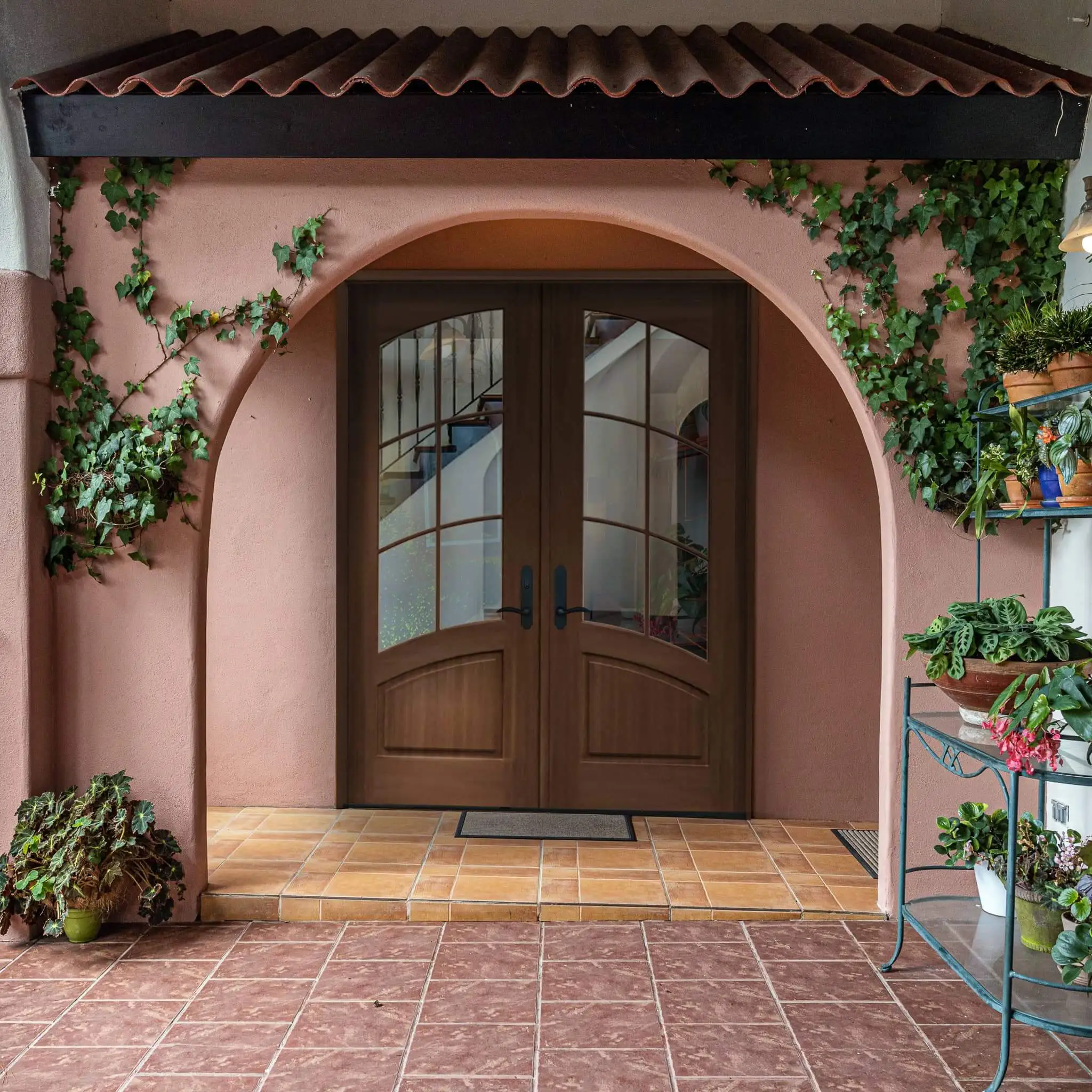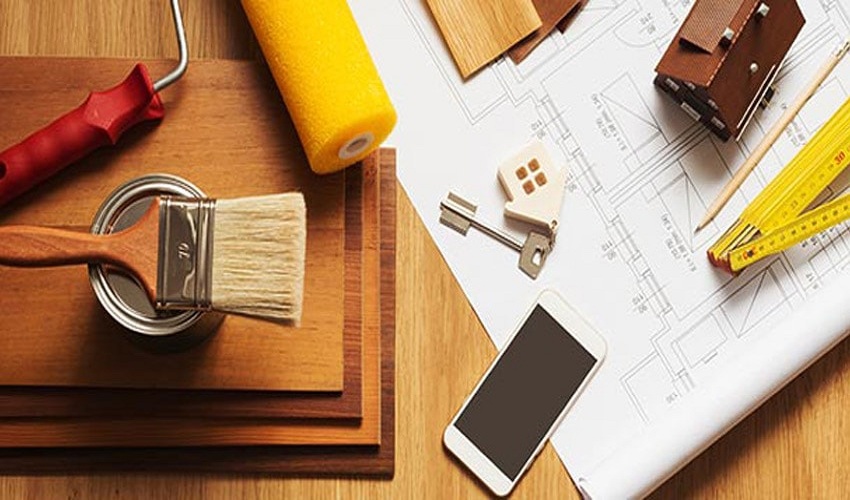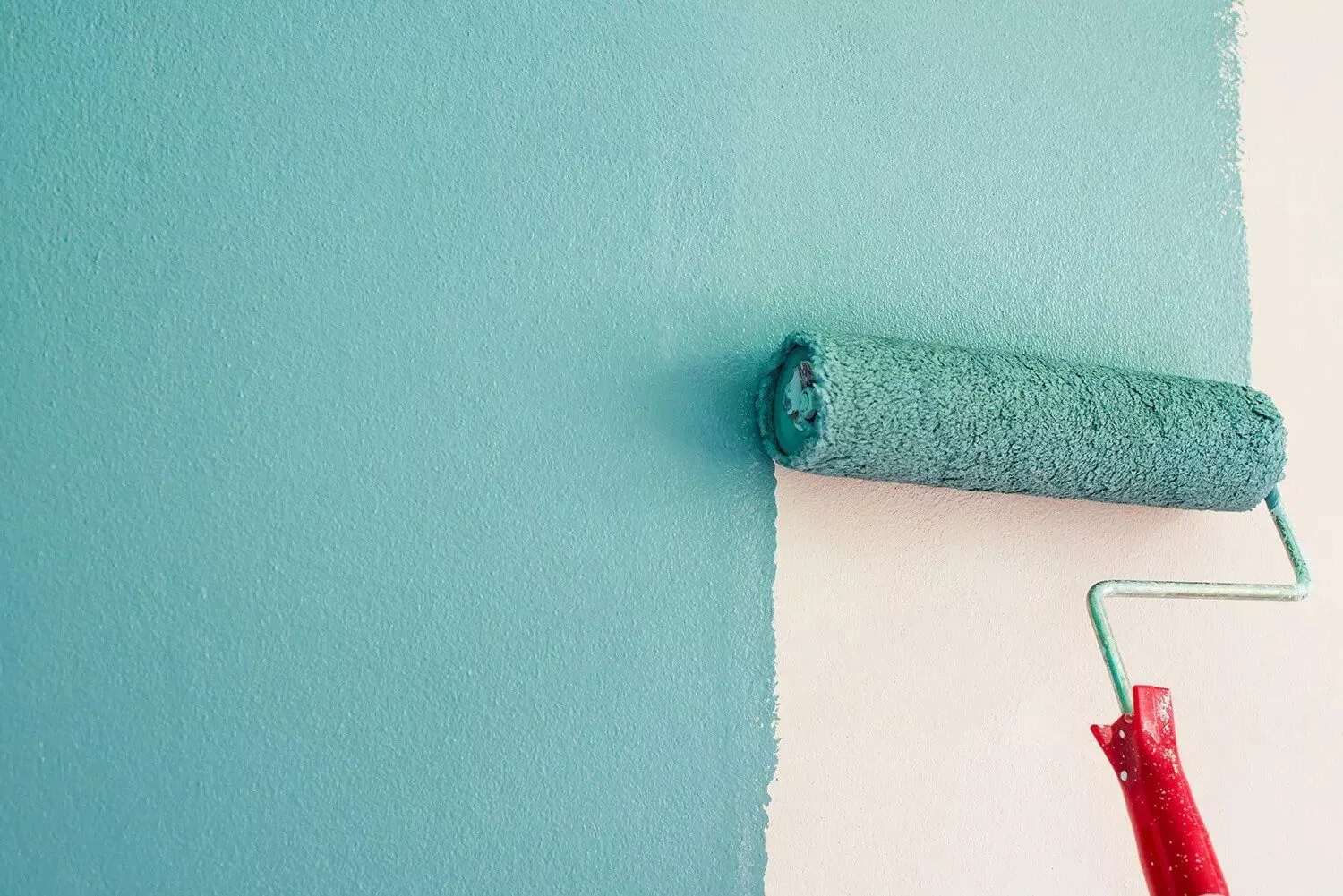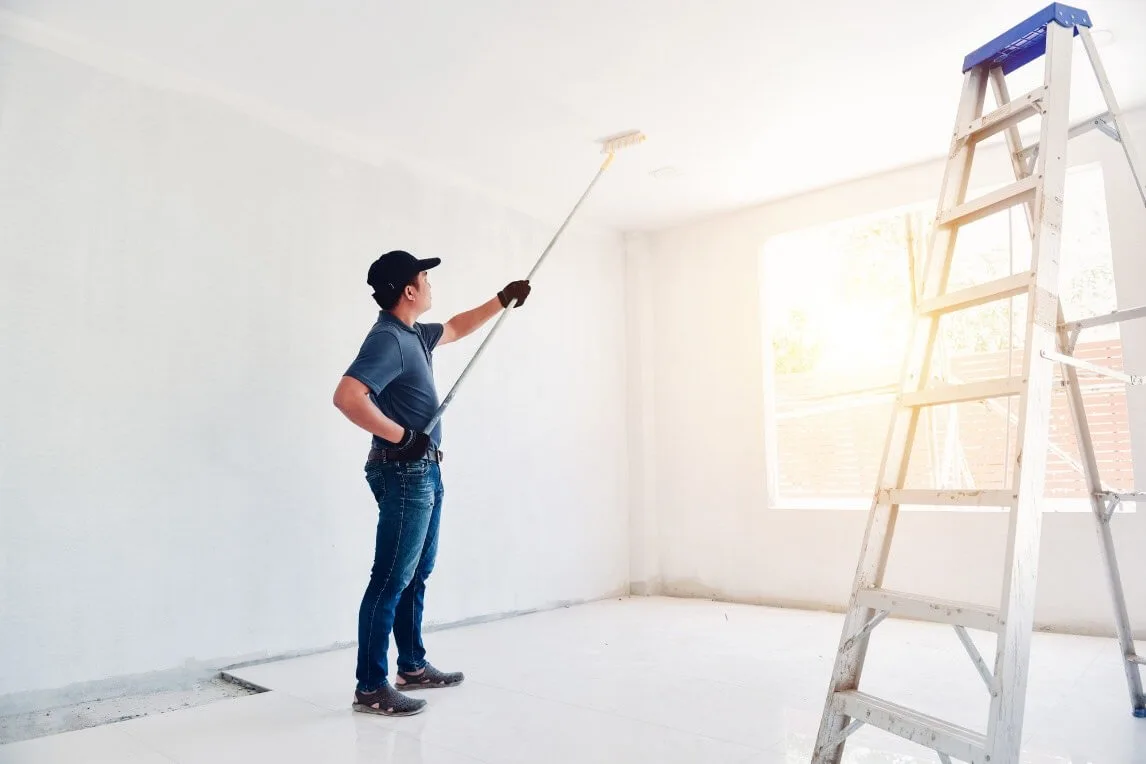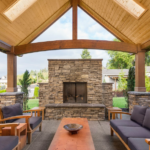Waterproofing is the process of making a structure or an object resistant to water. Waterproofing is useful in locations that experience heavy rains or are typically damp. The term waterproof frequently refers to resistance to water seepage while in liquid form. Damp proofing, on the other hand, refers to water resistance in the form of dampness, moisture, or humidity.
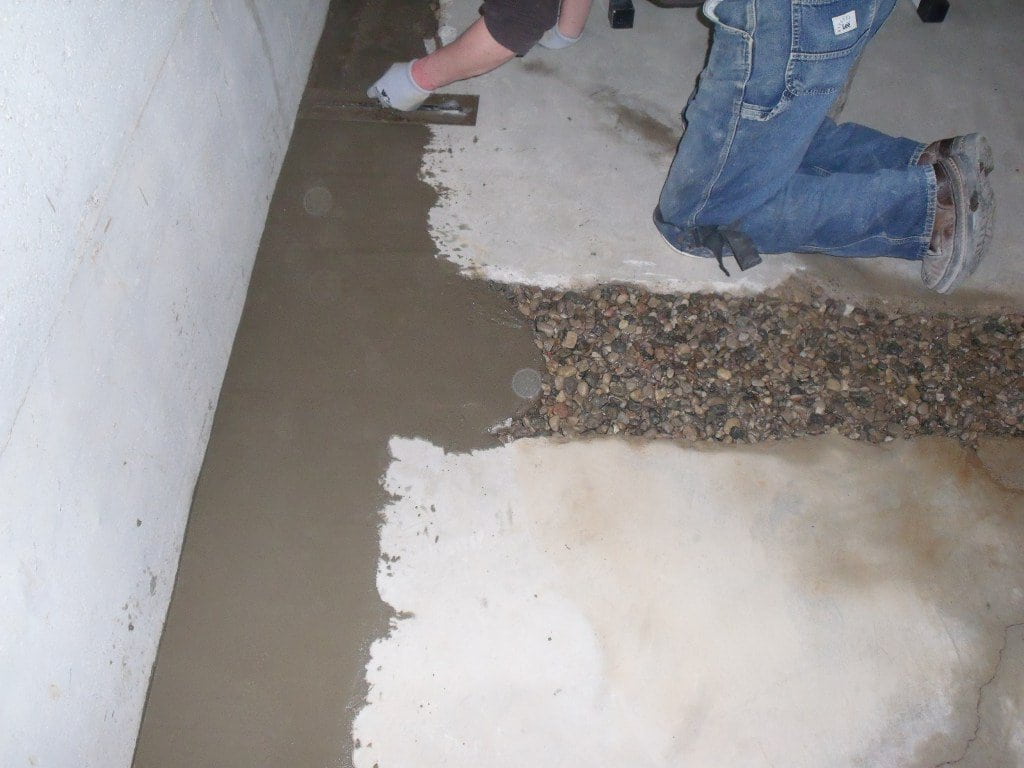
Without adequate care, any man-made product or building will decay sooner rather than later. Wind, climate change, water, humidity, air, floods, earthquakes, and other natural forces are key contributors to this damage.
Let we now discuss advanced basement waterproofing. Water may destroy even the largest and strongest structures and foundations if safeguards are not taken. As a result, waterproofing is required! It is applied to a structure under construction to prevent moisture collection. Waterproofing can also be added to an existing structure as a further improvement or during renovation, etc.
In the past, waterproofing was done using pitch or tar (mostly on ships or boats), although newer waterproofing technologies are used. Water repellent or resistant sealings or components are now employed for waterproofing. The primary water repellant is O-rings and gaskets.
Waterproofing is important for a variety of reasons, including:
During the construction of a structure, particularly in places prone to heavy rainfall or humid surroundings, in basements, in electrical equipment, in apparel such as waders, swimming suits, tents, or raincoats, and so on.
- Canvas Footwear Accessories
- The paper packing for underwater research
- Submarines for Cartons of Liquid
Waterproofing Types
There are several waterproofing solutions to select from. To mention a few examples:
- The first, most popular, and simplest approach is cement waterproofing. It is conveniently accessible, and it is immediately applicable after combining. It may be used to waterproof bridges, decks, tunnels, and other structures.
- A primer is used in the second procedure. It’s known as Liquid Membrane Waterproofing. Using a trowel, roller, or spray, many coats of primer are applied to the region with water retention issues.
- Bituminous coating is another technique of waterproofing a structure. Concrete foundations are often recommended.
- Bituminous membrane waterproofing is the other way of waterproofing. It is made up of polymers, asphalt, and filler. As a result, it is self-adherent.
- Polyurethane Liquid Membrane Waterproofing is the next procedure. This approach is most typically employed on flat surfaces such as a roof. It is suitable for use in kitchens, bathrooms, water tanks, basements, decks, swimming pools, balconies, and so on. This procedure is fairly costly.
Factors influencing the cost of basement waterproofing
Basement waterproofing costs are determined by three factors: the size of your basement, the age of your home, and the kind of foundation it has.
Conclusion
It is evident how beneficial waterproofing may be to your home. Waterproofing, in short, has evolved into a method of protecting our property and providing us with a habitable and safe home free of mouldy odours and puddles on the floor. Furthermore, waterproofing is required not only for homes and infrastructures, but also for cosmetics, electronic gadgets, cellphones, accessories such as handbags, wallets, purses, watches, paper wrapping, and liquid-containing cartons

Wesley is a home improvement blogger who strives to improve his life and the lives of others. He provides homeowners with helpful tips on how to renovate their homes. His goal is not only to provide easy-to-follow instructions, but also share his own personal experiences for those seeking guidance.

